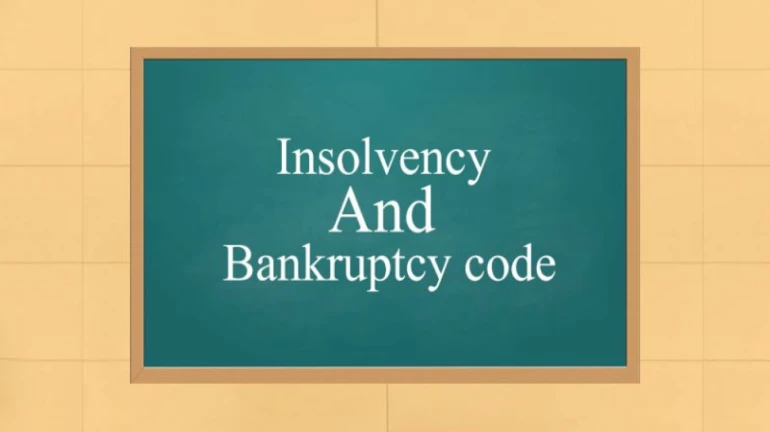
The Insolvency and Bankruptcy Code in India (IBC) was enacted on 28th May 2016. The law came into effect keeping in mind a staggering number of growing non-performing Business Loans and endless delays in debt resolution. The law came into force through an act of the Indian Parliament.
Insolvency can be defined as a situation where a person in debt is not capable of paying back what they owe. For example, if a company suffers losses, and is unable to pay back the Business Loan Interest Rates they have taken, then this company will be deemed insolvent.
Bankruptcy, on the other hand, is a legal term where a person declares they are unable to pay back any debts that they owe. Under bankruptcy, a person sends an application to the competent authority to legally declare them bankrupt.
The Insolvency and Bankruptcy Code of India was introduced to solve the growing concern of unpaid debts in the country. Many creditors were not satisfied with the existing system, which took years to resolve, leaving many unable to recover their losses. In this blog, we will discuss the finer points of this law and the process behind resolving Insolvency in businesses through the IBC.
The IBC applies to partnerships, individuals, and companies. It gives a process that will resolve insolvency in a given period. According to the IBC, if there is a fault in repayment, the creditor will get control over the debtor's assets and be free to take the required decisions to resolve the insolvency. Under the IBC code, companies are liable to complete the entire insolvency process within 180 days. By keeping a set period, the IBC wanted to resolve an issue that was ailing businesses and creditors for years, i.e., the amount of time it took to resolve insolvency.
The process of insolvency resolution starts when a default in repayment occurs. The resolution process can be started by either the debtor or the creditor. The entire process is administered by an insolvency professional. The respective professional gives the debtor's required financial information to the creditor to manage the debtor's assets. It takes 180 days before the debtor is free from any legal trouble during this period. Having a neutral party like an insolvency professional ensures that there is no partiality in terms of the resolution and each party is satisfied with the outcome. Protecting the debtors under the resolution period is also a good move to protect the individual from any harm.
The insolvency professional forms a committee that includes the creditors who lent the money to the debtor. This committee is responsible for making the final decision on the debt owed. They can change the repayment schedule or sell the debtor's assets to recover their debts. It means that creditors get absolute autonomy, under the supervision of the insolvency professional, to make the right financial decision for themselves. It is a fair strategy as the creditors are the aggrieved party and should be able to decide how to resolve the issue. If the committee is unable to decide within 180 days, the debtor's assets are liquidated.
The liquidation process is the last resort under the IBC. Under protocol, the insolvency professional administers this. The debtor’s assets are put up and gains from the sales are distributed in a specific order. First, the costs of the insolvency resolution are recovered, including the required remuneration of the insolvency professional. Secondly, the payment of the secured creditors is finalised, and the last due is used to pay the employees, other workers, and unsecured creditors.
The official regulator of the IBC is the Insolvency and Bankruptcy Board of India (IBBI). The body comprises ten members, including the Finance Minister, the Law Minister, and the Reserve Bank of India. The entire process of insolvency is administered by a licensed professional. They are the ones who manage the debtor's assets and provide the required information to the creditors to help them in the decision-making process.
The Insolvency process is adjudicated by the National Companies Law Tribunal (NCLT) for the respective companies and the Debt Recovery Tribunal (DRT) for individuals. The court's approval is required to start the resolution process, appoint the insolvency professional, and approve the final decision of the creditors.
Before availing a business loan, You are required to present the important documents required for business loan.





